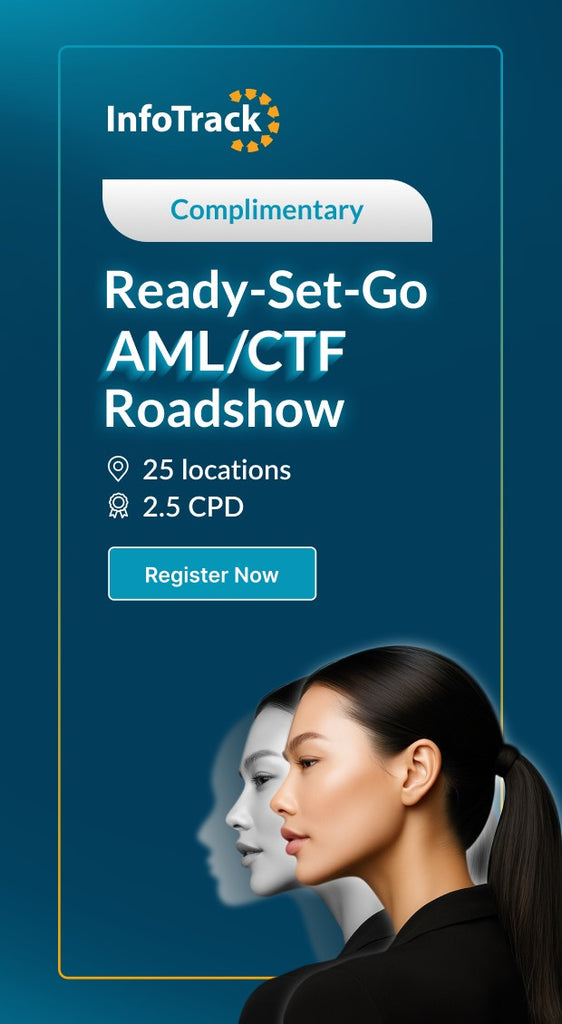
The Current State Of The Practice Management Systems Industry - UK
We are delighted to share David Baskerville's review article of the current state of the practice management system industry in the UK. David is a Director & Lead Consultant of Baskerville Drummond Consulting, a leading independent legal IT, business strategy and finance consultancy, specialising in advising law firms and legal IT technology providers.
Current State of Practice Management Systems Industry, UK - Oct 2021
The words ‘PMS‘ and ‘Innovation’ are chalk and cheese. Let’s be honest, the lack of proactive innovation in the marketplace has been a challenge for several years.
It is a space in which the solution deployed is typically pre-determined by the fee income/size of the law firm client: the large international and ‘top 200’ firms being serviced by the two established on-prem/internal solutions (TRE 3E and Aderant) and start-up firms or those of less than, say, £3m serviced by the new often cloud-based commodity solutions. The ‘pressed’ middle firms from £5m to £30m turnovers have a real dilemma, as their needs are greater than simple commodity solutions, but their resources do not stretch to the cost of the stable large firm solutions.
Historically innovation or product change has been driven by:
- Vendors reacting to individual new clients needs to be requested during procurement exercises which become contractual obligations
- Paid-for change requests from existing clients
- A reaction to what competitors are doing (keeping up with the Jones’s)
- An attempt to keep up with emerging technology (i.e. ‘Webifying interfaces’, converting code from old discontinued development environments (e.g. VB to VB.NET), portals, AI bolt-ons).
- Tactical integrations to point solutions (such as KYC platforms).
The lack of innovation in the PMS space can be contributed to four main factors:
- The technology history of the products
- The ownership and scale of the vendors
- Market instability
- Ability to fund development (influenced by ownership and stability)
The technology history challenge
The vast majority of PMSs currently in use in the UK have their foundations in solutions originally designed decades ago and have been reskinned, stretched and in some cases even been converted from an old database or programming language to another (e.g. Progress to SQL).
This journey is very visible when you look under the hood as you often find telltale signs of this legacy with poor and inefficient data structures, poorly named tables and fields (often limited to the 6 or 8 characters of old databases) and duplicated locations where the data is stored. There is very rarely any form of the comprehensive data dictionary to explain the data structure in use.
This history of building on top of or repurposing the application for different needs also leads to challenges in the application itself, with poorly designed or over-extended code which leads to slow performance, clunky end-user experience, inefficient interaction with the database and endless and complex end-user options to control which functionality is available.
The use of legacy code adds a lot of complexity to software development which in turn results in a high cost of ownership of the system in terms of time taken to develop new functions and maintain reliability. Therefore, the 20 years plus pedigree of some of the systems, which have never truly been redesigned or recoded to modern standards, means the suppliers spend a lot more time and resources simply keeping things working than they would ever care to admit.
This is a challenge for all software developers with systems that have evolved over time. For example, in their efforts to remove Internet Explorer from Windows 11 Microsoft admitted to having code initially written for Windows 3.1 (released in 1992) which is still integral to Windows 10 (2021) and there has been a nervousness about the understanding of how all the elements of Windows work together.
Ownership and scale of vendors
The traditional UK PMS market vendors are typically owner-managed businesses with turnover between £2 to £10m and staff of between 5 and 50. Essentially complex PMS solutions are provided by businesses with limited resources, typically much smaller than their client base and in many cases with larger sales and support teams than development teams.
It is often said that the reason for the lack of innovation is due to the owners of products preferring to take dividends or service debt over-investing in the product.
However, the technical history of the established PMS solutions makes any form of major change, integration with third parties or reaction to market forces an unenviable challenge, and one where any funds spent on development are likely swallowed up while running to keep still.
There is no doubt many of these businesses are operating to survive and reacting to demand and opportunity rather than having long-term visions for their products.
The lack of resources to invest in forward-thinking development, which could take months if not years to deliver, is a particular problem, as are the owner-managers who will naturally always have one eye on their exit from the business which can lead to short-termism and a ‘chasing the next deal’ mentality.
Market instability
The PMS market has always been subject to significant change with once well-known and well-used solutions such as Enterprise, Norwel, Pilgrim and Videss disappearing from the market to be replaced by the latest fashion.
About a decade ago there was a spate of purchases where larger companies purchased their smaller competitors. Historically, the solutions purchased by others have largely withered and died, been sold on later or have been ‘end of lifed’ by their purchasing companies. This is something seen across the market with TRE purchasing Pilgrim, BT purchasing Tikit, Advanced a plethora of mid-market solutions and LEAP purchasing anyone and everyone who serviced the small (sub 20) market.
After this splurge of changes the market stabilised for a period and for around the last five to ten years the PMS market was essentially made up of two world-wide giants (TRE & Aderant) and a dozen or so of the smaller owner managed suppliers. After this relative stability we recently saw a return to the environment where the smaller suppliers have been bought out by their larger competitors.
- Advanced Legal purchasing Tikit from BT
- Practice Evolve purchasing SOS and Linetime
- Access Group purchasing Proclaim, DPS and Select Legal
Note: Practice Evolve itself is owned by the massive ATI (Australian Technology Innovators) who also own LEAP, Infotrack, Perfect Portal and other emerging solutions.
All three of these companies are gigantic in comparison to the traditional suppliers to the UK regional legal market. Each of these companies are consolidators of technology offering different solutions for different markets.
The recent purchases have left an extremely limited market with each of the firms mentioned owning multiple and competing PMS solutions.
- Access Group – Eclipse, DPS & Select Legal
- Advanced Legal – ALB & P4W
- Practice Evolve – Practice Evolve, Linetime & SOS
Whilst the argument is that these products are owned by firms who have much more resource and the ability to develop solutions, the truth is that even with the scale of the new owners it is extremely unlikely that they will be able to – or indeed wish to - keep all the products viable. After all, why pay out owner-managers if all you are going to do is to continue to run the business as it was and prop up a competitor product? Far from it, the purchasing firms need to move swiftly to merge development resources to leverage the ‘bigger is better’ value proposition – which will also hopefully trigger more genuine innovation.
So where is the innovation?
At the moment the PMS market, especially in that pressured middle, is a desolate place with a lack of certainty and lack of viable options.
Whilst the traditional solutions and their new owners go through the pain of ownership, cultural adjustment and the probable merging of technical solutions there is an opportunity for the emerging challengers.
- TRE and Aderant are working hard to streamline their ‘large law’ best-of-breed solutions and make them viable for smaller firms, pushing to firms with 75 or so fee earners away from their traditional top 100 focus.
- At the same time challengers such as LEAP, ActionStep, and Insight Legal are pushing their solutions into firms with higher head counts and cite clients of over 100 using products traditionally used by firms of sub 20 users.
- Access Group is merging DPS into its Access Workspace solution which provides a single pane of glass to all Access Group’s legal software.
- Practice Evolve is creating a full cloud solution (which will be their fourth solution)
Where innovation is going to come from is the killer question. Will it come from the new ‘Big Consolidation’ firms who all say they have learned the lessons of history, have the right approach this time round and their customers will benefit from the scale of the operation thus enabling the time and space to create as well as maintain?
Or will it come from the smaller, nimbler providers who are rushing to fill the current void left by uncertainty of market change?
Much of this may be answered by looking at where the impetus for change and innovation comes from. We are seeing a number of new boutique law firms, set up by disenfranchised lawyers from big law firms who are looking to deliver ‘new law’. The lawyers in these firms are keen to deliver a service to their clients that is agile, in tune with the real needs of the client and also to provide a working environment that is attractive to top talent. They have seen how difficult and slow it is to enact real change in larger law firms and recognise the value that technology plays in their operation.
The vendors delivering to this section of the market are generally the emerging challengers – they are the cloud-based technology providers who have built their systems on a modern technology stack and can respond to the needs of their law firm customers. Given their start-up mentality they are highly responsive to their client base needs and will work hard to provide the exact functionality and mode of operation that their clients are requesting.
This is not to say the larger law firms don’t have the same ambition, it is just that they are shackled by their technology history just as much as PMS vendors are. Also, driving innovative change in a large law firm can be challenging, with critical mass required in supporting that change, thus less technical innovation comes from ‘large law’.
I expect that market innovation will be driven by these smaller, hungrier challenger suppliers whose key objective is to ensure they do not become the next generation in the cycle of ‘buy and burn’ which has disrupted the PMS market so much - and stifled real progress to boot.
Also read top viewed Ai Legal article: The Role of AI in Legal Research.





